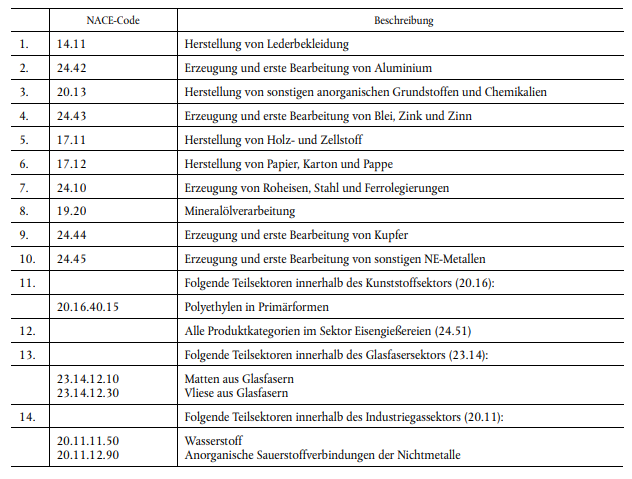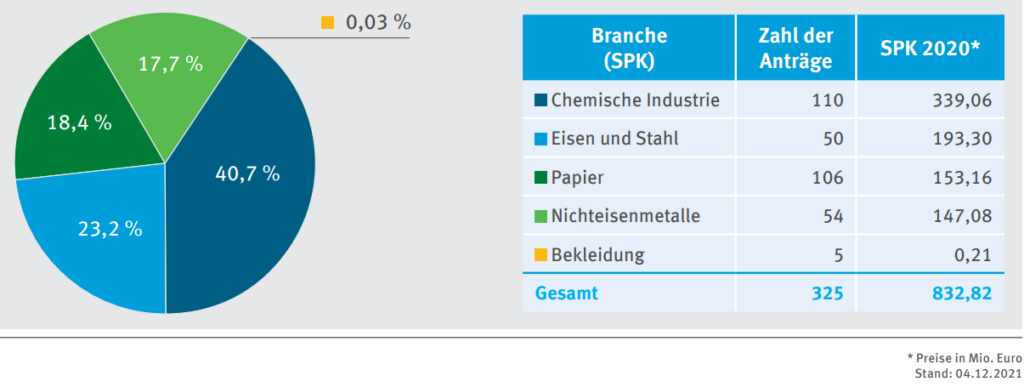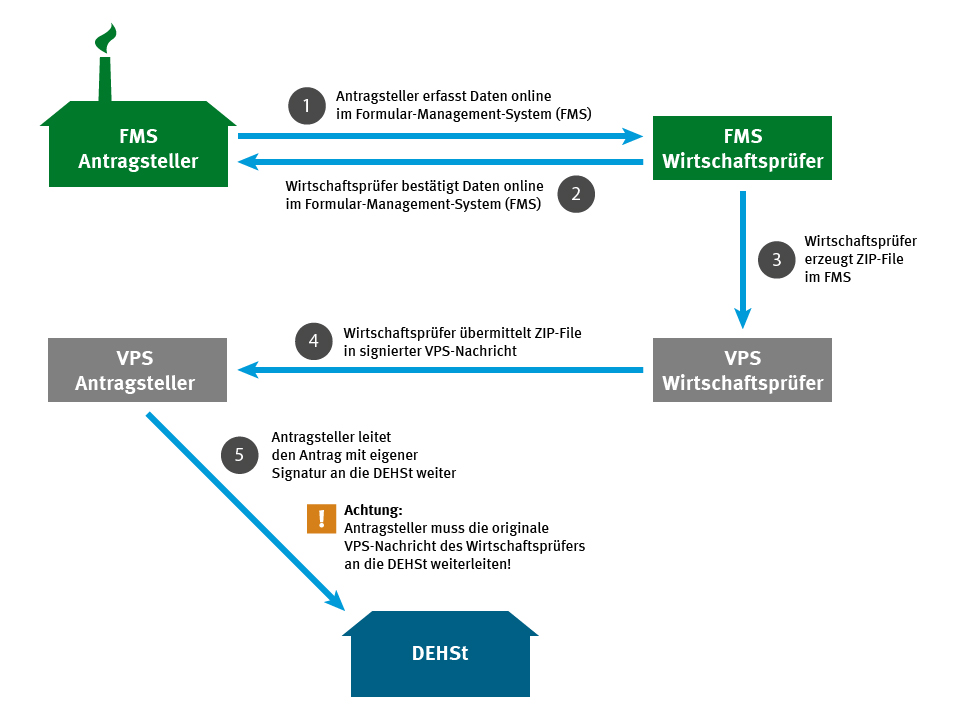Since the start of the fourth emissions trading period in 2021, there are new rules for applying for electricity price compensation. Among other things, the economic sectors eligible to apply have changed. With this article, we would like to provide, in particular, the newly eligible companies with an initial orientation on how to apply for subsidies to compensate for indirectCO2 costs (electricity price compensation, SPK).
GALLEHR+PARTNER®has been supporting companies in applying for the electricity price compensation since the beginning of 2013. For more detailed information and further questions please contact us.
What is electricity price compensation?
High electricity prices have a major impact on energy-intensive sectors of the economy. This is partly due to the high emission certificate prices that electricity producers have to pay and pass on to their customers in the electricity price. Consequently, rising emissions prices mean rising electricity costs, which poses a potential threat to affected sectors. Electricity-intensive companies could relocate their activities to sites outside the European Union in order to avoid high emissions prices and secure their competitiveness. This is where electricity price compensation (SPC) comes into play:
In order to actively combat the risk of production shifting, so-called carbon leakage, selected sectors have been able to financially offset their indirect CO2 costs included in the electricity price since 2013.
For whom is electricity price compensation interesting?
The relevant EU guideline defines sectors in which there is a risk of relocation. These include sectors in which:
- energy costs account for a significant share of “gross value added
- international trade takes place to a considerable extent
- Profit margins under pressure from global competition
- Improvement of energy efficiency is only possible to a limited extent
Since the subsidies are linked to the electricity consumption of plants, it is also not decisive whether the plants are covered by the EU ETS or not. The basis for granting the subsidies is the subsidy guideline issued by the then Federal Ministry of Economics and Technology in 2013.
As of the aid year 2021, the following sectors are eligible for aid:

The products manufactured in the company are decisive for the eligibility to apply, the assignment of a company to a certain branch of industry is not decisive.
What are the quid pro quos?
In order to provide an incentive to reduce greenhouse gas emissions despite the aid, the EU Commission’s guideline obliges companies not only to monitor energy but also to take measures to reduce these emissions within their companies.
In detail, all aid recipients are required to conduct energy audits or operate an energy management system. In addition, the EU Commission requires companies to either
- Implement recommendations of the audit report to the extent that the payback period for the relevant investments does not exceed 3 years and the cost of their investments is proportionate; or
- Reduce thecarbon footprint of their electricity consumption so that at least 30% of their electricity needs are met fromCO2 -free energy sources, or
- Invest a share of at least 50% of the aid amount in projects that result in significant reductions in the facility’s greenhouse gas emissions, well below the applicable benchmark used for free allocation under the EU Emissions Trading Scheme.
The transposition of the EU Directive into national law is still pending as of today (11.05.2022).
It is anticipated that the future national incentive guidelines will be based on the SESTA Carbon Leakage Ordinance (BECV), with total fossil fuel energy consumption replaced by total electricity consumption. This ordinance is effective for the accounting years 2021 through 2030. It contains regulations regarding both the economic reasonableness of climate protection measures and the required implementation times and verification obligations. It should be emphasized that in it the deadline for the introduction of a certified energy management or environmental management system for companies is January 1, 2023. Furthermore, climate protection investments will be required per year starting in the 2023 billing year. The amount of the aid should be at least 50% of the amount received in the previous year. However, only measures that are economically feasible must be implemented. The total investment volume can therefore also fall below the minimum threshold of 50% due to this precondition of economic viability.
Evidence of the energy management system and climate protection measures is also expected to be regulated via the BECV. Proof of the origin of the electricity from renewable energy sources is added.
How much is the aid?
The European Commission’s guideline limits government support to a maximum of 75% of indirectCO2 costs. For comparison: At the beginning of the 3rd trading period, a value of 85% still applied. This value is considered necessary to prevent carbon leakage. The amount of aid in each case is based on electricity consumption and the quantity of the eligible product produced.
Specific electricity efficiency benchmarks exist for some of the eligible products. They determine what electricity consumption in megawatt hours per ton of product produced is used to calculate the aid. Thus, the calculation of the aid in these cases is based on the quantity produced, which is expressed in tons of product. For eligible products without a benchmark, the aid is based on the electricity consumption for the production of these products. The aim is to provide an incentive for efficient production.
Total aid from 2020 amounted to €832 million and was divided among the various sectors as follows.

How do I receive aid?
The application process is administered by DEHSt and can only be carried out online. Since the subsidies are intended to compensate for part of the indirectCO2 costs of the respective previous year, they are applied for retrospectively for a calendar year that has passed. This is done via the Form Management System (FMS) of DEHSt. The graphic below illustrates the application process. For this purpose, the applicant must first enter his recorded data into the FMS. The auditor then receives the FMS processing right, reviews the application, signs it in the virtual mailroom (VPS), and sends the application to the applicant’s VPS. The applicant must now also add his signature. Finally, the application can be sent to the DEHSt.

At this time, it is anticipated that the application period will not start until the beginning of the 3rd quarter of 2022, in contrast to recent years, and that the submission deadline will be September 30.
New information
According to the current status (11.05.2022), the concrete implementation guideline has not yet been published by DEHSt as the competent authority. We provide here the new application guide in time for the start of the new application period.

